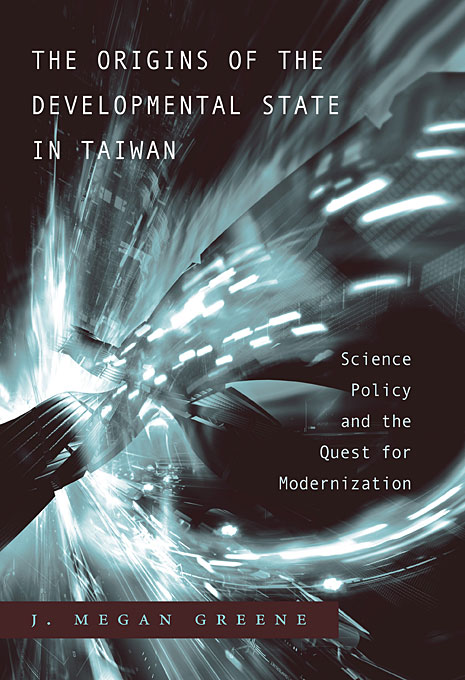Greene, J. Megan. 2008. “Starts and Stops,” The Origins of the Developmental State in Taiwan, 14-46. Harvard University Press.
 For those interested in the origins of nuclear energy research by Japan’s East Asian neighbors, Greene’s history of science policy in Taiwan elucidates the extraordinary role of nuclear physics in the early history of the Kuomintang government’s investment in scientific research. Her book, in particular the chapter “Starts and Stops,” describes the state’s institution-building efforts to promote nuclear energy research in the first two decades after WWII. Since the 1980s, researchers trained at Taiwan’s nuclear research institutes, established in the ’50s and ’60s, have played an important role in public debates about nuclear energy’s safety and environmental impacts. This book chapter analyzes why and how nuclear energy research was institutionalized by the state in the first place.
For those interested in the origins of nuclear energy research by Japan’s East Asian neighbors, Greene’s history of science policy in Taiwan elucidates the extraordinary role of nuclear physics in the early history of the Kuomintang government’s investment in scientific research. Her book, in particular the chapter “Starts and Stops,” describes the state’s institution-building efforts to promote nuclear energy research in the first two decades after WWII. Since the 1980s, researchers trained at Taiwan’s nuclear research institutes, established in the ’50s and ’60s, have played an important role in public debates about nuclear energy’s safety and environmental impacts. This book chapter analyzes why and how nuclear energy research was institutionalized by the state in the first place.
Greene traces the historical changes in the Kuomintang government’s promotion of “science education and applied research institutions” from 1927 to 1958. While the Kuomingtang government enthusiastically supported science education and research in China from 1927 to 1949, it ceased to do so when it settled in Taiwan in the ’50s. Many factors contributed to the government’s change of heart. For example, the required scientific facilities were particularly costly for a government that lacked resources. Moreover, investment in such expensive facilities, which “represented a permanent or semipermanent commitment to the island,” contradicted the Kuomingtang leadership’s plan of mainland recovery.
In this historical context, Greene attributes the Kuomingtang government’s willingness to establish several atomic energy research institutions in the 1950s to the potential military applications of such research. From pages 43 to 45, she describes the first three atomic energy research institutions in Taiwan and their relationships with United States government agencies and research institutes.
The first such institution was the Atomic Energy Commission (AEC), created under the Executive Yuan (the equivalent of the Cabinet or the Council of Ministers) after the Taiwanese government signed an agreement with the U.S. on the peaceful use of atomic energy in 1955. The second institution was a graduate program in nuclear physics at National Tsing Hua University in 1957. A “swimming pool” reactor, partially funded by the U.S. Atomic Energy Commission in 1957, was installed at the university and started to function in 1961. The third institution was the Chungshan Institute of Science and Technology, a military unit established by the AEC, which participated in nuclear research in the 1960s.
Greene’s chapter contextualizes the Kuomingtang government’s interest in nuclear energy research, including its investment in nurturing generations of nuclear scientists, in contrast to its lukewarm attitude toward other sciences in the 1950s. This book chapter would be appropriate for classes interested in state-supported science as well as the various roles of different scientific disciplines during the Cold War.
– Honghong Tinn
![[Teach311 + COVID-19] Collective](https://blogs.ntu.edu.sg/teach311/files/2020/04/Banner.jpg)
Pingback:書本章節:「起始與暫緩」(中文摘要) | Teach 3.11